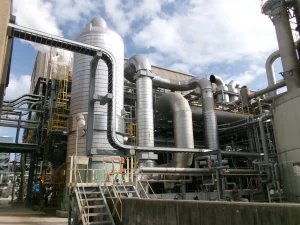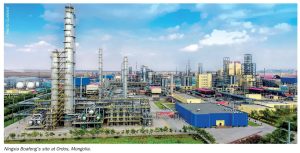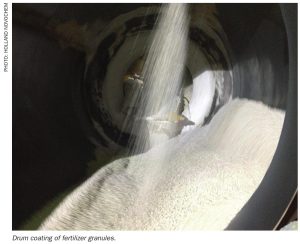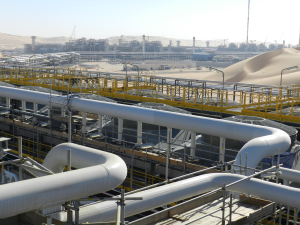
Glencore prepares to idle Queensland smelter and refinery
Mining giant Glencore says it has no choice but to start work on placing the loss-making Mount Isa copper smelter and Townsville refinery in Australia into care and maintenance until market conditions improve. The company expects to report a A$2.2 billion (US$1.44 billion) loss from the operations between 2025 and 2031.







